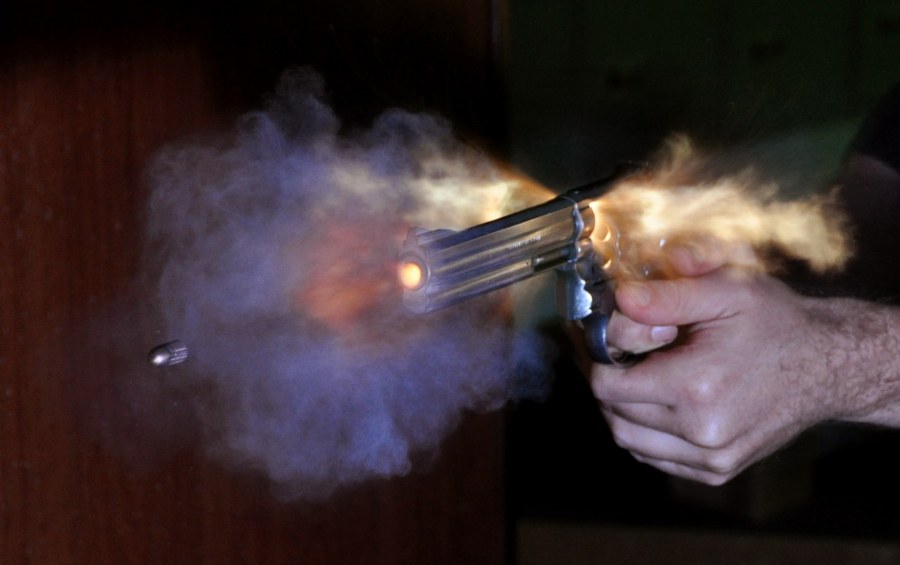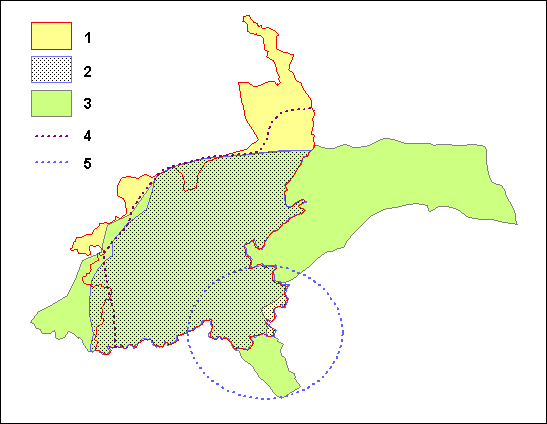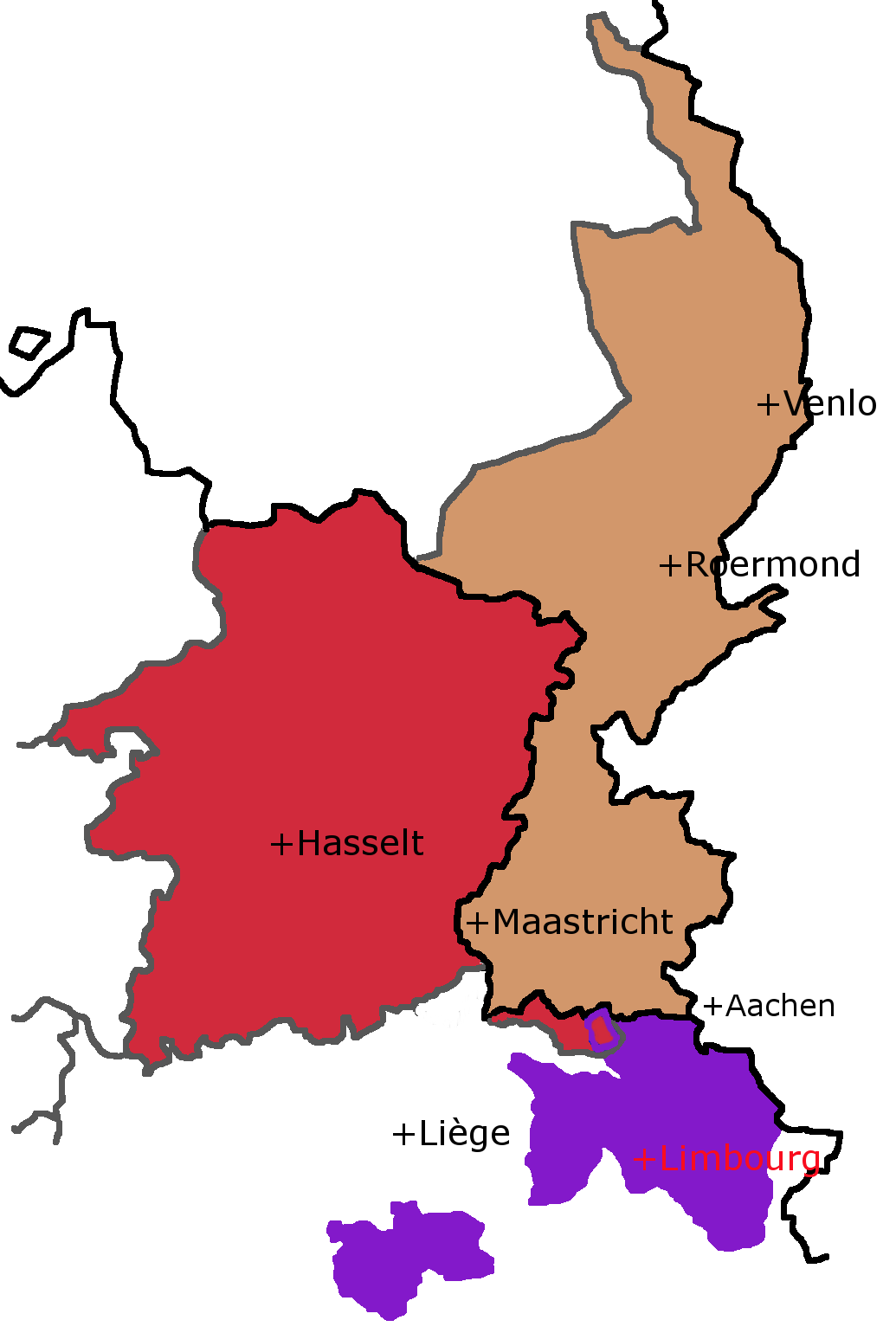|
Oud Limburgs Schuttersfeest
The Oud Limburgs Schuttersfeest (abbreviated as OLS, literally translated ''Old Limburgian Shooters' Festival'') is an annual Shooting sport, shooting tournament during which shooting associations (Dutch language, Dutch: ''schutterijen''; Limburgish, Limburgian: ''sjötterie'') from across the Limburg (Netherlands), region of Limburg, nowadays split in a Limburg (Netherlands), Dutch and Limburg (Belgium), Belgian part, compete against each other.Oud Limburgse Schutters Federatie (OLS) on Huis voor de Kunsten website The winner organizes the event the following year and takes home "De Um", the highest prize for a shooter (''schutter''). The 2022 winner is Sint Martinus from Born, Netherlands, Born. Each ''schutterij'', or shooting association participates in the tournament w ... [...More Info...] [...Related Items...] OR: [Wikipedia] [Google] [Baidu] |
Sebastiaan Lille
Sebastiaan, in the past also Sebastiaen, is the Dutch language, Dutch form of the masculine given name Sebastian (other), Sebastian. People with the name include: *Sebastiaen van Aken (1648–1722), Flemish historical painter *Bas van Bemmelen, Sebastiaan van Bemmelen (born 1989), Dutch volleyball player *Sebastiaan Bleekemolen (born 1978), Dutch racing driver *Sebastiaan Bökkerink (born 1994), Dutch footballer *Sebastiaan Bornauw (born 1999), Belgian footballer *Sebastiaan Bowier (born 1987), Dutch cyclist *Sebastiaan Braat (born 1992), Dutch cricketer *Sebastiaan Brebels (born 1995), Belgian footballer *Sebastiaan Bremer (born 1970), Dutch painter and photographer *Bas van den Brink, Sebastiaan van den Brink (born 1982), Dutch footballer *Sebastiaan De Wilde (born 1993), Belgian footballer *Sebastiaan Gokke (born 1978), Dutch cricketer *Bas van de Goor, Sebastiaan van de Goor (born 1971), Dutch volleyball player *Bas Haring, Sebastiaan Haring (born 1968), Dutch philoso ... [...More Info...] [...Related Items...] OR: [Wikipedia] [Google] [Baidu] |
Shooting Sport
Shooting sports is a group of competitive and recreational sporting activities involving proficiency tests of accuracy, precision and speed in shooting — the art of using ranged weapons, mainly small arms (firearms and airguns, in forms such as handguns, rifles and shotguns) and bows/crossbows. Shooting sports can be categorized by equipment, shooting distances, targets, time limits and degrees of athleticism involved. Shooting sports may involve both team and individual competition, and team performance is usually assessed by summing the scores of the individual team members. Due to the noise of shooting and the high (and often lethal) impact energy of the projectiles, shooting sports are typically conducted at either designated permanent shooting ranges or temporary shooting fields in the area away from settlements. History Great Britain Historically, shooting game and target shooting has been limited to the upper-class and the gentry, with severe penalties for poach ... [...More Info...] [...Related Items...] OR: [Wikipedia] [Google] [Baidu] |
Tournament
A tournament is a competition involving at least three competitors, all participating in a sport or game. More specifically, the term may be used in either of two overlapping senses: # One or more competitions held at a single venue and concentrated into a relatively short time interval. # A competition involving a number of matches, each involving a subset of the competitors, with the overall tournament winner determined based on the combined results of these individual matches. These are common in those sports and games where each match must involve a small number of competitors: often precisely two, as in most team sports, racket sports and combat sports, many card games and board games, and many forms of competitive debating. Such tournaments allow large numbers to compete against each other in spite of the restriction on numbers in a single match. These two senses are distinct. All golf tournaments meet the first definition, but while match play tournaments meet the second, ... [...More Info...] [...Related Items...] OR: [Wikipedia] [Google] [Baidu] |
Dutch Language
Dutch ( ) is a West Germanic language spoken by about 25 million people as a first language and 5 million as a second language. It is the third most widely spoken Germanic language, after its close relatives German and English. ''Afrikaans'' is a separate but somewhat mutually intelligible daughter languageAfrikaans is a daughter language of Dutch; see , , , , , . Afrikaans was historically called Cape Dutch; see , , , , , . Afrikaans is rooted in 17th-century dialects of Dutch; see , , , . Afrikaans is variously described as a creole, a partially creolised language, or a deviant variety of Dutch; see . spoken, to some degree, by at least 16 million people, mainly in South Africa and Namibia, evolving from the Cape Dutch dialects of Southern Africa. The dialects used in Belgium (including Flemish) and in Suriname, meanwhile, are all guided by the Dutch Language Union. In Europe, most of the population of the Netherlands (where it is the only official language spoken country ... [...More Info...] [...Related Items...] OR: [Wikipedia] [Google] [Baidu] |
Schutterij
Schutterij () refers to a voluntary city guard or citizen militia in the medieval and early modern Netherlands, intended to protect the town or city from attack and act in case of revolt or fire. Their training grounds were often on open spaces within the city, near the city walls, but, when the weather did not allow, inside a church. They are mostly grouped according to their district and to the weapon that they used: bow, crossbow or gun. Together, its members are called a ''Schuttersgilde'', which could be roughly translated as a "shooter's guild". It is now a title applied to ceremonial shooting clubs and to the country's Olympic rifle team. Function The ''schutterij'', civic guard, or town watch, was a defensive military support system for the local civic authority. Its officers were wealthy citizens of the town, appointed by the city magistrates. In the Northern Netherlands, after the formal changeover in civic authority after Beeldenstorm, which depending on the town, w ... [...More Info...] [...Related Items...] OR: [Wikipedia] [Google] [Baidu] |
Limburgish
Limburgish ( li, Limburgs or ; nl, Limburgs ; german: Limburgisch ; french: Limbourgeois ), also called Limburgan, Limburgian, or Limburgic, is a West Germanic language spoken in the Dutch and Belgian provinces of Limburg (Netherlands), Limburg and in the neighbouring regions of Germany. It shares characteristics with both German language, German and Dutch language, Dutch but has unique features such as Tone (linguistics), tonality. Within the modern communities of the Belgian and Dutch provinces of Limburg, intermediate idiolects are also very common, which combine standard Dutch language, Dutch with the accent (dialect), accent and some grammatical and pronunciation tendencies derived from Limburgish. This "Limburgish Dutch" is confusingly also often referred to simply as "Limburgish", although in Belgium such intermediate languages tend to be called ("in-between language"), no matter the exact dialect/language with which standard Dutch is combined. Although frequently ... [...More Info...] [...Related Items...] OR: [Wikipedia] [Google] [Baidu] |
Limburg (Netherlands)
Limburg (, ) is the southernmost of the twelve provinces of the Netherlands. It is bordered by Gelderland to the north and by North Brabant to its west. Its long eastern boundary forms the international border with the state of North Rhine-Westphalia in Germany. To the west is the international border with the similarly named Belgian province of Limburg, part of which is delineated by the river Meuse. The Vaalserberg is on the extreme southeastern point, marking the tripoint of the Netherlands, Germany and Belgium. Limburg's main municipalities are the provincial capital Maastricht (population 120,837 as of January 2022), Venlo (population 102,176) in the northeast, as well as Sittard-Geleen (population 91,760, bordering both Belgium and Germany) and Heerlen (population 86,874) in the south. More than half of the population, approximately 650,000 people, live in the south of Limburg, which corresponds to roughly one-third of the province's area proper. In South Limburg, most peop ... [...More Info...] [...Related Items...] OR: [Wikipedia] [Google] [Baidu] |
Limburg (Belgium)
Limburg ( nl, Limburg, ; li, Limburg or ''Wes-Limburg'' ; french: Limbourg, ) is a province in Belgium. It is the easternmost of the five Dutch-speaking provinces that together form the Region of Flanders, one of the three main political and cultural sub-divisions of modern-day Belgium. Limburg is located west of the Meuse ( nl, Maas), which separates it from the similarly-named Dutch province of Limburg. To the south it shares a border with the French-speaking province of Liège, with which it also has historical ties. To the north and west are the old territories of the Duchy of Brabant. Today these are the Flemish provinces of Flemish Brabant and Antwerp to the west, and the Dutch province of North Brabant to the north. The province of Limburg has an area of which comprises three arrondissements (''arrondissementen'' in Dutch) containing 44 municipalities. Among these municipalities are the current capital Hasselt, Sint-Truiden, Genk, and Tongeren, the only Roman city in ... [...More Info...] [...Related Items...] OR: [Wikipedia] [Google] [Baidu] |
Born, Netherlands
Born (; li, Bor ) is a village in the Dutch municipality of Sittard-Geleen. It has a port on the Julianakanaal (Juliana canal). Born is also the site of the car factory VDL Nedcar and the headquarters and European Distribution Center of Mitsubishi Motors Europe. It has a zoo. Until 2001, Born was a separate municipality (population about 15,000), that included the villages Born, , , Grevenbicht, and . See also *82nd Armored Reconnaissance Battalion helped with liberation of Born on 19 September 1944. * Obbicht en Papenhoven Obbicht en Papenhoven (, li, Opbeech en Papenhaove ) is a former municipality in the Dutch province of Limburg. It consisted of the villages Obbicht and Papenhoven, located on the river Meuse about 8 km northwest of Sittard. Obbicht en Pap ... Gallery File:WOLFRATH-002a.JPG , Wolfrath Castle File:Kasteel Born, ruïne.JPG, Ruins of Born Castle File:Stuw Born-62a.JPG, Lock in Born References Municipalities of the Netherlands disestablish ... [...More Info...] [...Related Items...] OR: [Wikipedia] [Google] [Baidu] |
Carbine
A carbine ( or ) is a long gun that has a barrel shortened from its original length. Most modern carbines are rifles that are compact versions of a longer rifle or are rifles chambered for less powerful cartridges. The smaller size and lighter weight of carbines make them easier to handle. They are typically issued to high-mobility troops such as special operations soldiers and paratroopers, as well as to mounted, artillery, logistics, or other non-infantry personnel whose roles do not require full-sized rifles, although there is a growing tendency for carbines to be issued to front-line soldiers to offset the increasing weight of other issued equipment. An example of this is the U.S. Army's M4 carbine, which is standard issue. Etymology The name comes from its first users — cavalry troopers called "carabiniers", from the French ''carabine'', from Old French ''carabin'' (soldier armed with a musket), whose origin is unclear. One theory connects it to an "ancient engine of w ... [...More Info...] [...Related Items...] OR: [Wikipedia] [Google] [Baidu] |
Intangible Cultural Heritage
An intangible cultural heritage (ICH) is a practice, representation, expression, knowledge, or skill considered by UNESCO to be part of a place's cultural heritage. Buildings, historic places, monuments, and artifacts are cultural property. Intangible heritage consists of nonphysical intellectual wealth, such as folklore, customs, beliefs, traditions, knowledge, and language. Intangible cultural heritage is considered by member states of UNESCO in relation to the tangible World Heritage Site, World Heritage focusing on intangible aspects of culture. In 2001, UNESCO made a survey among States and Non-governmental organization, NGOs to try to agree on a definition, and the Convention for the Safeguarding of the Intangible Cultural Heritage was drafted in 2003 for its protection and promotion. Definition The Convention for the Safeguarding of the Intangible Cultural Heritage defines the intangible cultural heritage as the practices, representations, expressions, as well as the kn ... [...More Info...] [...Related Items...] OR: [Wikipedia] [Google] [Baidu] |





.jpg)
